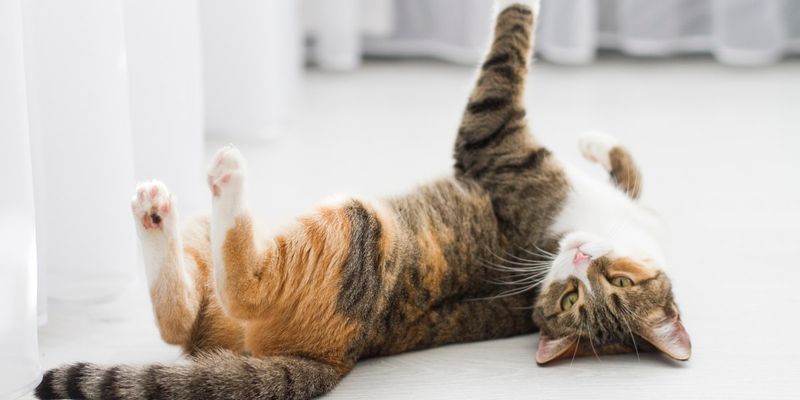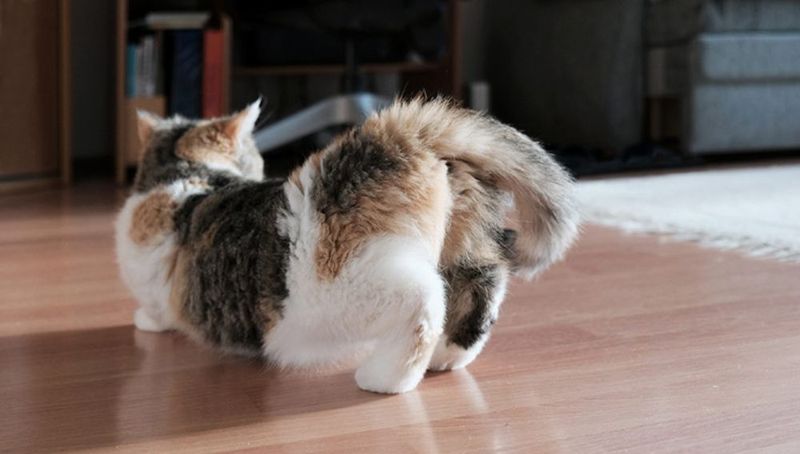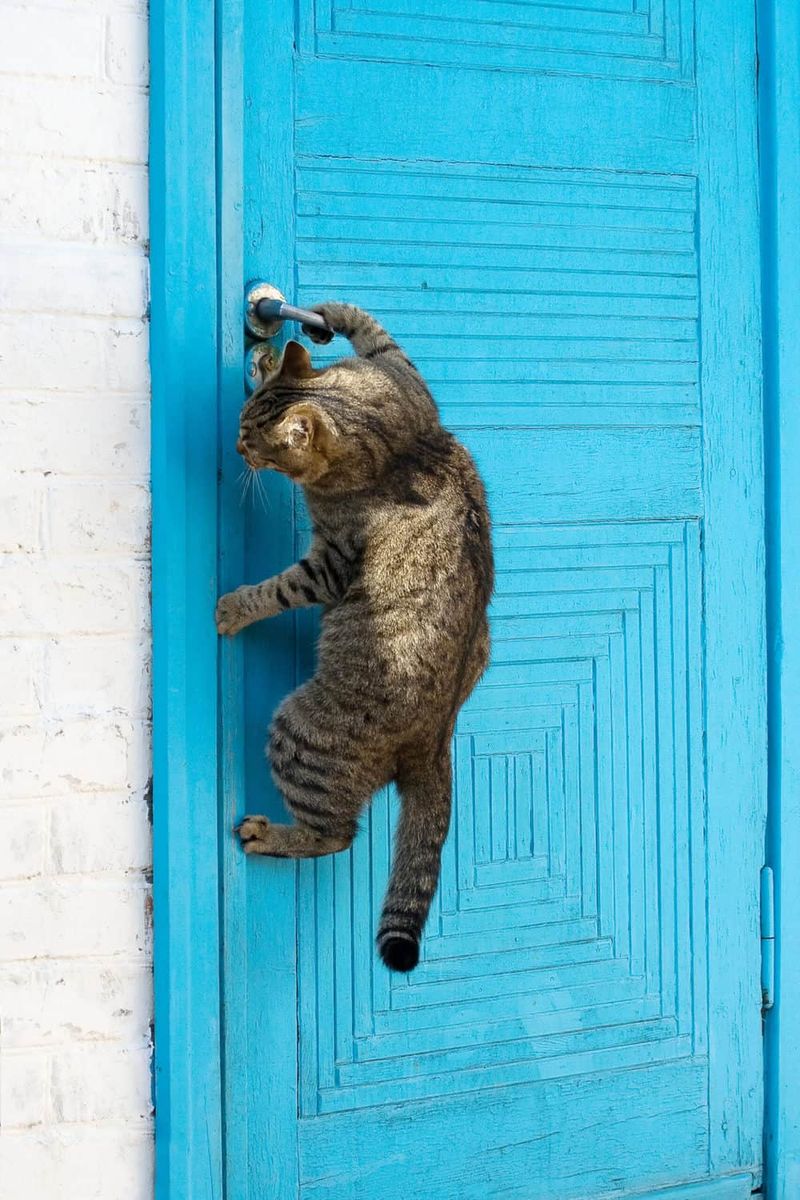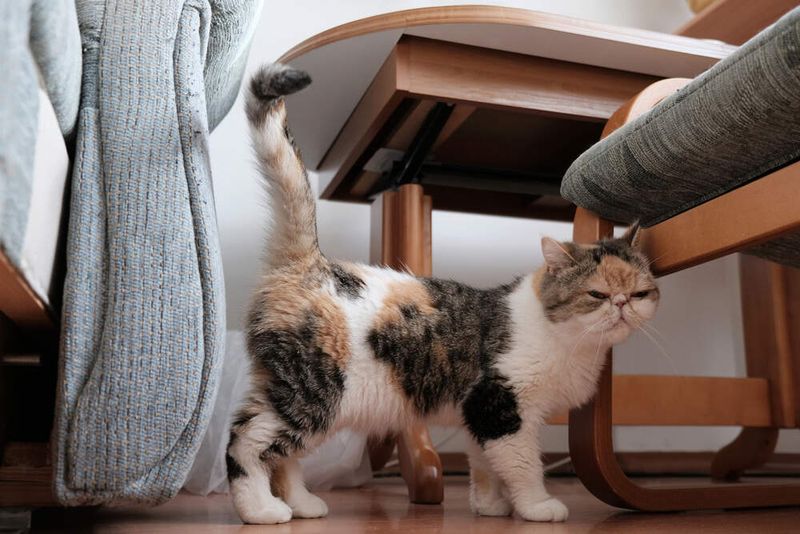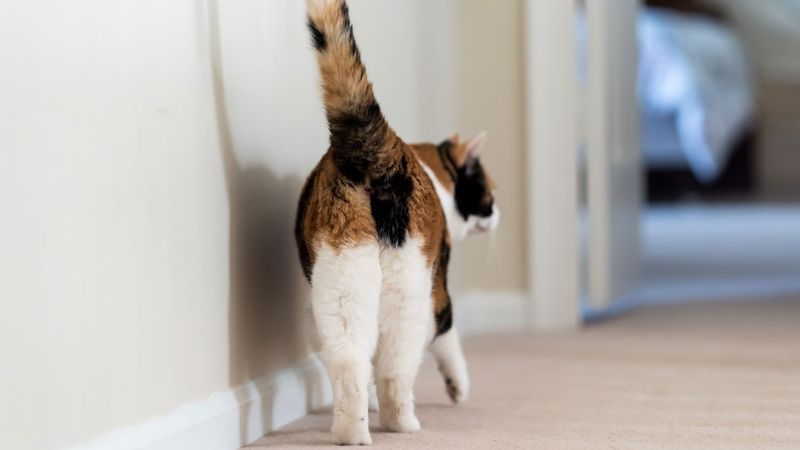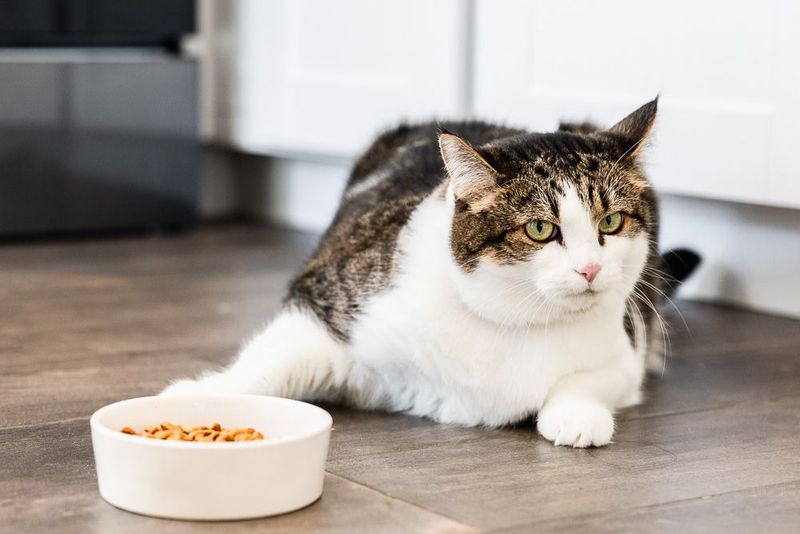📖 Table of Content:
As the days grow longer and temperatures rise, nature nudges animals into their seasonal rhythms—and domestic cats are no exception. Springtime marks the beginning of breeding season for many felines, especially those who haven’t been spayed. While the shift may go unnoticed by first-time cat owners, the signs of a cat in heat can be both sudden and dramatic.
Female cats experience what’s known as estrus, a fertile period during which their behavior changes significantly in response to reproductive hormones. This cycle can repeat every few weeks until they mate or the season ends, making it crucial for pet owners to recognize and understand the signs. Knowing what to expect can not only ease your cat’s discomfort but also help you make informed decisions about care, containment, and potential spaying.
In this article, we’ll break down nine unmistakable signs that your cat is in springtime heat. Each one is backed by feline behavioral patterns and biological cues that are impossible to miss once you know what to look for. Let’s dive into the specifics so you can be prepared, responsive, and compassionate during your cat’s hormonal highs.
1. Excessive Affection
Suddenly, your independent cat might transform into a clingy lovebug, demanding attention with every step you take. She may rub her head against your legs, press her body into yours, or roll exaggeratedly on the floor. This affectionate behavior stems from hormonal surges that stimulate increased tactile responsiveness. Purring becomes more pronounced, and she may even follow you from room to room, unwilling to be alone. Don’t be surprised if she nudges her face against furniture or kneads blankets more often than usual. These behaviors are not just signs of affection—they’re part of her natural drive to signal availability to a mate. While it’s sweet at first, it can quickly become overwhelming if you’re not prepared for the intensity.
2. Restlessness
Pacing the room, darting toward windows, or scratching at doors, a restless cat in heat seems like she’s constantly searching for something—or someone. Her nervous energy reflects an internal urgency to escape and find a mate. Even cats who normally love lounging may find it hard to sit still for more than a few minutes. This restlessness often escalates at night when mating instincts are at their peak. Owners might notice their cats appearing agitated, confused, or overly alert to every sound or movement. This constant movement is both physical and emotional, a manifestation of her reproductive drive. To manage it, keep your cat mentally stimulated and physically secure.
3. Vocalization (Loud Meowing or Yowling)
Nothing captures attention quite like the sudden and persistent cries of a cat in heat. These meows aren’t the typical gentle chirps or purrs; instead, they resemble loud, haunting wails that might even keep you up at night. The vocalization is a deliberate effort to alert nearby males that she’s fertile and looking to mate. Unlike distress meowing, this sound has a rhythmic, almost pleading quality that intensifies during the night. If you’ve never heard it before, it can be startling—and easy to mistake for pain or illness. However, this vocal behavior is completely normal and can last several days or even over a week. Until the heat cycle ends or she mates, expect this sound to become part of your daily (and nightly) background noise.
4. Assuming Mating Position
Without warning, your cat may drop to the floor, stretch out, and lift her hindquarters in an unmistakable display. This mating posture, called “lordosis,” is an involuntary reflex triggered by hormonal readiness. When you gently pet her lower back, she might freeze, raise her rear, and move her tail to the side. This submissive stance invites potential mates and indicates she’s at the peak of her heat cycle. Unlike general stretching, this behavior has a structured, purposeful form. The display can be frequent, even when there’s no one around to see it, as her body instinctively prepares for copulation. It’s one of the clearest physical signs that estrus is underway.
5. Excessive Grooming
While grooming is a normal part of any cat’s daily routine, excessive licking of the genital area is a strong indicator that she’s in heat. The area may appear slightly swollen or more sensitive than usual due to hormonal changes. She might groom so obsessively that it interrupts her usual routines, like eating or playing. This increased focus on the area isn’t due to discomfort, but rather biological readiness. It’s important to observe whether the grooming is linked to other heat behaviors to distinguish it from a possible infection. Over-cleaning can also be a stress response to the internal tension she’s experiencing. Keeping her environment calm may help soothe some of this anxiety-driven grooming.
6. Attempts to Escape
Open doors and cracked windows suddenly become irresistible to a cat in heat, who will do anything to get outside. This urge to flee is driven by instinct rather than curiosity—she’s trying to find a mate. No matter how content she usually is indoors, her behavior might shift into determination and cunning. Expect her to lurk near exits, bolt unexpectedly, or try to squeeze through gaps you didn’t know existed. This drive is powerful and can lead to dangerous situations like getting lost or injured. For this reason, it’s crucial to double-check all exit points and secure her space during heat. Better safe than sorry when instinct takes the wheel.
7. Spraying or Marking
Though more commonly associated with males, female cats in heat can also start spraying vertical surfaces with small amounts of urine. This scent-marking behavior is a potent signal to any nearby males that she’s fertile and available. The smell is stronger than regular urine, often with a distinct hormonal odor. She may lift her tail, quiver it, and release the spray in a ritualistic pattern. Unlike accidents, these markings are intentional and may happen near doors or windows. This behavior can be very frustrating for owners but is part of the natural reproductive communication system. Clean promptly with enzymatic cleaners to neutralize the scent and discourage repeat marking.
8. Tail Twitching or Quivering
Tail language says a lot, especially when your cat starts twitching or quivering it in unusual ways. This movement is part of the mating display, often occurring when her back is stroked or when she’s in a mating posture. You might notice her tail lifting slightly and vibrating in a staccato pattern. It’s not a sign of aggression but of heightened receptivity to touch and potential partners. Some cats will also pair this with vocal sounds or rolling behavior. These movements can be so subtle at first that they go unnoticed, but they become more pronounced as heat progresses. Paying attention to tail behavior can help you track where she is in her cycle.
9. Reduced Appetite
Eating becomes a secondary concern for many cats in heat, who seem distracted or disinterested in food. Hormonal surges shift focus from nourishment to mating behaviors. Even favorite treats may get ignored during peak periods of restlessness and vocalization. This temporary loss of appetite usually resolves once the heat cycle ends. While it’s not typically a cause for alarm, monitor her overall hydration and energy levels to ensure she’s staying healthy. Stress and anxiety also play a role in diminished interest in food. A quiet, low-stimulus environment may help restore her normal eating habits.

